Mateo: William Sawaya’s Cool Multi-Purpose Outdoor Chair
Funny that I came across William Sawaya’s latest, the Mateo Chair for Sawaya & Moroni, today, just on the heels of re-visiting the first Daniel Craig Bond vehicle—2006’s Casino Royale. Fans will remember a particularly gruesome scene involving the villain, a length of tightly knotted rope, and a chair with the bottom cut out. Happily, Sawaya’s multi-purpose and ultra-light contract chair is the inverse of that cinematic artifact. Mateo’s exposed area is the back rather than the seat, which, thanks to Sawaya’s literal and imaginative handiwork, is a sublime semi-circular expanse of negative space.
Mateo Chair. Designed by William Sawaya
The Mateo Chair is available in Solid PVC or Polystyrene Cord
Mateo’s high utility quotient is manifest. The chair’s silhouette is one of lithe lines and light materials, the entire form springing forth with the quick flourish of a sketch by Picasso or a line drawing by Miró. The curved aluminum frame demonstrates one continuous and continuously smooth transition from bottom to top, and the solid expanse of the seat is a congenial respite from the linear disposition of the whole. Mateo is stackable and mobile and thus suited for indoor or outdoor use. Furthermore, the line’s impressive aesthetic variations—from the retro intonations of the polystyrene straps to the mod appearance of the vivid trio of solid fuchsia, lime, and neon orange—make Mateo even more versatile. Look for it soon at your favorite fashion-forward restaurants, coffee shops, and outdoor malls.
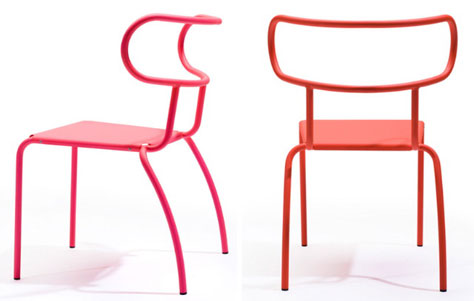
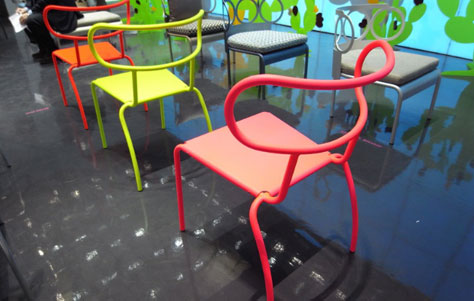
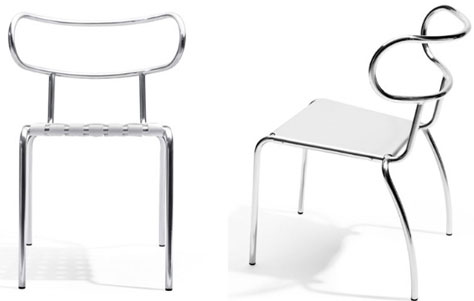
Via Otto-Otto.
About the Manufacturer: Since 1984, Milan’s Sawaya & Moroni has expressed its pronounced preference for Italian design, albeit with an eclecticism heretofore unseen. In fact, the manufacturer’s ethos seems to be one part celebratory, one part historical, and one part avant-garde, as Sawaya & Moroni routinely evokes the history and evolution of A&D. The theme of homage is inherent in many of their products, as they base production “on a number of exponents of contemporary design with differing cultural backgrounds and design concepts. Almost as though to pay tributes to the many jargons that have characterized form in the last two decades.” The autership of icons like Zaha Hadid, Jean Nouvel, and Antonio Citterio is accordingly in evidence therein, as Sawaya & Moroni continually creates products “with a strong presence, sometimes subtly poetic, all of them free from the constraints of trendiness.”
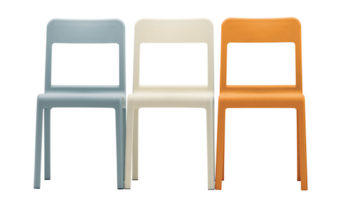

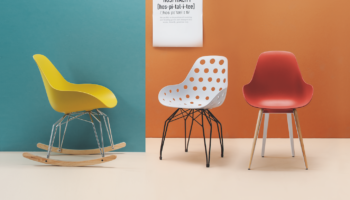

Leave a Reply